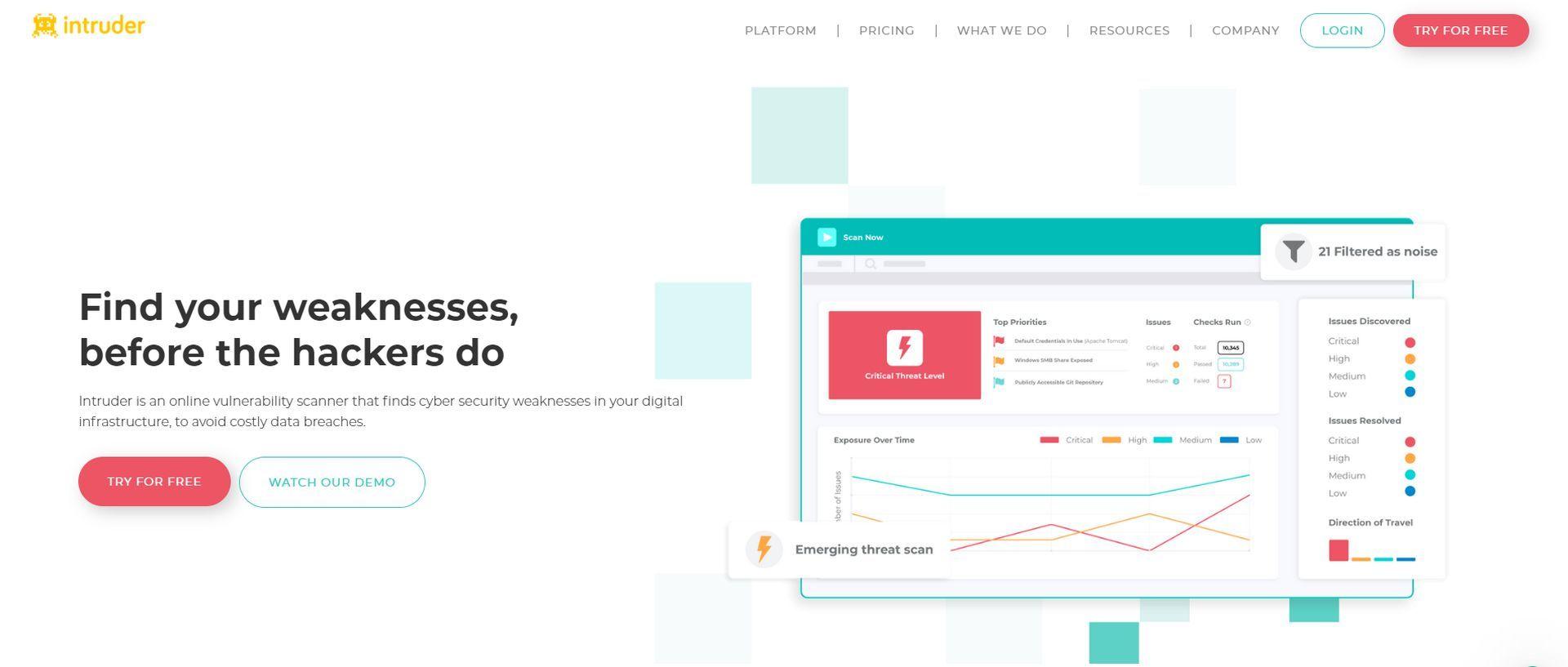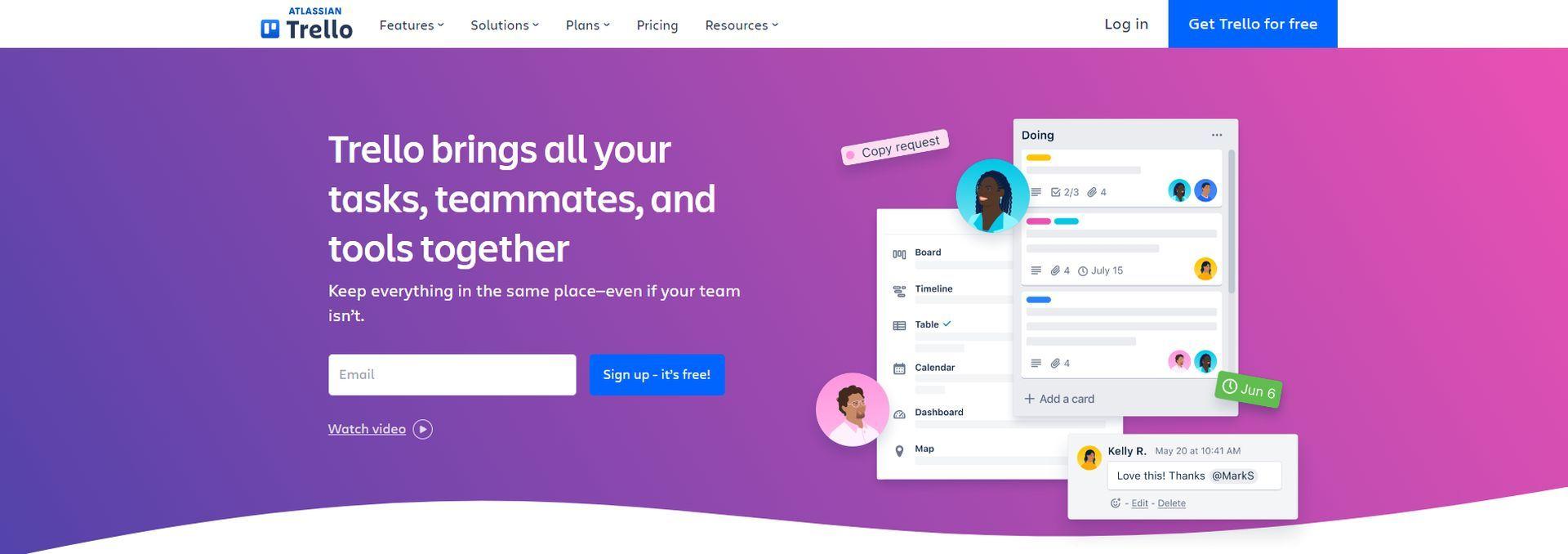Office automation solutions are designed to streamline and automate many of the day-to-day tasks that businesses rely on, such as document management, scheduling, data management, and communication. The business world is constantly evolving, and with the advancements in artificial intelligence (AI) and data science, we are now in an era of speed. Companies are looking for ways to stay competitive, and one of the most important ways to do that is through office automation. With the help of these solutions, businesses can become more efficient, productive, and competitive. As a result, Office automation solutions have become an indispensable part of modern businesses.
What is office automation?
Office automation encompasses the various computer systems and software used to digitally gather, store, transfer, manipulate, and utilize office information to complete tasks. Essentially, office automation assists in managing data.
In addition to this, office automation refers to the use of technology to streamline and automate tasks commonly performed in an office environment, such as word processing, data entry, email, and scheduling. This can include the use of software tools, such as word processors and spreadsheets, as well as hardware devices, such as printers and scanners. The goal of office automation is to improve efficiency and productivity and to reduce the need for manual labor.

The advantages of office automation tools
Office automation tools have become an integral part of modern business operations, providing a wide range of benefits to improve efficiency, productivity, and communication within an organization. The advantages of utilizing office automation tools include:
- Increased productivity: Automating repetitive tasks such as data entry, scheduling, and document management can free up employees’ time, allowing them to focus on more important and value-added tasks.
- Improved accuracy: Automated systems reduce the chances of errors and inconsistencies that can occur with manual data entry and other tasks.
- Better communication: Office automation tools facilitate the sharing and exchange of information and documents within and between departments, resulting in improved teamwork and collaboration.
- Increased efficiency: Automation tools can streamline processes, reducing the time and effort required to complete tasks, leading to increased efficiency and cost savings.
- Improved data management: Automation tools provide a central location to store and manage data, making it more accessible and easily retrievable for employees.
- Easy access to information: Automation tools make it easy to access and share information, even remotely, which is especially important for organizations with remote teams or employees working from home.
- Increased flexibility: Office automation tools can be customized to fit the specific needs of an organization, making it more flexible to changes and new requirements.
- Improved security: Automation tools can provide better security for sensitive information, and help organizations meet regulatory compliance requirements.
A helping hand: Enterprise SEO tools are crucial for data analytics
The disadvantages of office automation tools
While office automation tools offer many benefits to organizations, there are also certain disadvantages that should be considered before implementing these systems. These include:
- High initial costs: Office automation tools can be expensive to purchase and implement, and may require ongoing maintenance and upgrades.
- Dependence on technology: Automation tools rely on technology, and when systems fail or malfunction, it can disrupt business operations and lead to lost productivity.
- Limited customization: Some automation tools may not be fully customizable to fit the specific needs of an organization, which can limit their effectiveness.
- Risk of data loss: Automation tools store data electronically, and if not properly backed up, there is a risk of data loss due to system failures or other issues.
- Loss of jobs: Automation tools can eliminate the need for certain jobs, such as data entry or scheduling, leading to job loss for employees.
- Overreliance on automation: Organizations may become too reliant on automation tools and lose their ability to perform tasks manually, which can be a disadvantage in case of power outages, system failures or other unexpected events.
- Security risks: Automation tools can also introduce security risks if not properly configured or maintained. For example, if an organization’s data is not properly protected, it can be vulnerable to cyber-attacks.
- Limited accessibility: Automation tools may not be accessible to all employees, particularly those with limited technical skills or disabilities.
Overall, while office automation tools can offer many benefits, it is important for organizations to carefully evaluate their needs and weigh the potential disadvantages before implementing these systems.

Types of office automation tools
Now let’s explore the different types of office automation tools and their specific purposes.
E-publishing
Electronic publishing is one of the most popular forms of office automation. This category encompasses tools such as word processing and desktop publishing software, which have become essential in both personal and professional settings. With an estimated 60 million active commercial clients each month, Microsoft Word, a component of the Office 365 product line, is the most widely used solution.
Another type of office automation tool is an information management system (CMS), which has gained popularity in recent years. These systems allow staff to easily add, schedule, or modify digital content. Additionally, many CMS programs are hosted on the cloud, which means that they can be accessed by multiple users from any location. With the use of low-code technology such as drag-and-drop capabilities, non-technical users can also easily build and manage their own web content. WordPress is one of the most well-known examples of a CMS.
Collaboration solutions
The flow of information plays a crucial role in improving both front-office and back-office productivity within an organization. As many companies were forced to adopt remote work models last year, communication became more challenging than ever. According to a Gallup survey, in April 2020, 70% of American workers reported working remotely “always” or “sometimes.” Even a year after the start of the pandemic, 56% of workers were still reporting the same.
As remote work becomes more prevalent, organizations will likely turn to office automation solutions to streamline communication. Examples of such solutions include collaboration tools like Slack, as well as video conferencing services like Zoom or Microsoft Teams. Additionally, low-code development tools such as business process management (BPM) software can aid companies in streamlining their operations.
For example, by automating approval procedures, a company can eliminate bottlenecks. Employees can submit a request from home or the office without having to contact their supervisors for signatures. The recipient is notified electronically and the requester can quickly track the status without having to follow up repeatedly.
Document storage and image processing
Image processing and document storage solutions encompass technologies such as document workflow management systems and imaging tools such as scanners and video capture cards. Organizations that continue to rely on paper-based or unstandardized processes often experience excessive costs, lost productivity, costly errors, and compliance issues.
A document workflow management system can simplify the storage, search, and retrieval of documents. Furthermore, it can improve compliance by maintaining an audit trail and eliminate the need for manual data entry tasks through features such as optical character recognition (OCR) and intelligent character recognition (ICR).

Office management
These office automation software include solutions for task and schedule management in office environments. Organizations can easily assign tasks, track their progress, and gather and analyze performance data with task management tools. Business process management (BPM) solutions take office automation to the next level by allowing businesses to make improvements at the process level.
An industry-leading low-code intelligent business process management software (iBPMS) solution can assist businesses in implementing and managing back-office automation. Business users can easily develop forms that electronically gather data and create approval processes, thanks to features such as drag-and-drop form builders. In addition to providing stakeholders with easy access to performance data, user-friendly dashboards also enable stakeholders to continuously analyze and improve their processes.
Enterprise cloud storage is the foundation for a successful remote workforce
Best office automation tools
Office automation tools are an essential part of modern business operations, providing a wide range of benefits to improve efficiency, productivity, and communication within an organization. There are many different types of office automation tools available, each with their own unique features and capabilities. Choosing the right tools for your organization can be a daunting task, as it depends on the specific needs of the company. Let’s explore some of the best office automation solutions out there:
Kisi
Onboarding new team members and granting them access to secure areas such as offices and buildings can be a time-consuming process. However, with the assistance of a tool like Kisi, the process can be streamlined. Kisi allows you to easily add groups of new employees, grant and revoke access through your mobile device, and ensure that new hires have the necessary access to get started right away. Additionally, a complete digital audit trail is provided for important records, which can be useful for future reference.

Intruder
Cybersecurity is an important concern for any organization, and tools such as Intruder can help automate the process and alleviate some of the worry. Intruder scans your systems and identifies new vulnerabilities, if it detects any issues that increase the risk, it provides you with specific steps to take to address the issue. By using Intruder, you can ensure that your computer systems and data are protected.

Procurify
Procurify allows you to effectively track business expenses and access detailed financial reports. The tool includes features such as real-time budget monitoring, purchasing analytics, expense management, vendor management, and customizable approvals, which give you control over the entire purchasing process while maintaining efficiency and speed.

Automation Anywhere
Automation Anywhere is a software that utilizes robotic process automation (RPA) to automate digital tasks. It allows you to create bots that can learn and perform your business processes continuously, providing faster productivity and reliability without the risk of human error. The bots can perform various functions such as calculations, scraping web data, creating and moving files, and more. By using this software, you can achieve cost-effectiveness, faster delivery, and improved accuracy, allowing your employees to focus on tasks that require human intervention while the bots handle the rest.

Trello
Trello is a task management platform that aids in team communication and collaboration. It has an additional feature called Butler, which provides workflow automation capabilities such as rule-based triggers, custom buttons for performing multiple actions at once, and due-date commands. Trello can be integrated with various other apps and it assist you in tracking projects and progress from start to finish, thereby preventing delays and maintaining team productivity.

Final words
To summarize, office automation plays a vital role in contemporary business operations. The integration of AI and data science has propelled companies to operate at a faster pace, making office automation solutions a crucial aspect of staying competitive. These tools can automate a variety of tasks that businesses rely on, such as document management, scheduling, data management, and communication. This leads to enhanced efficiency, productivity, and competitiveness, allowing companies to keep up with the rapid changes in the business world. To put it succinctly, office automation solutions are a necessity for any organization seeking to maintain a competitive edge.






